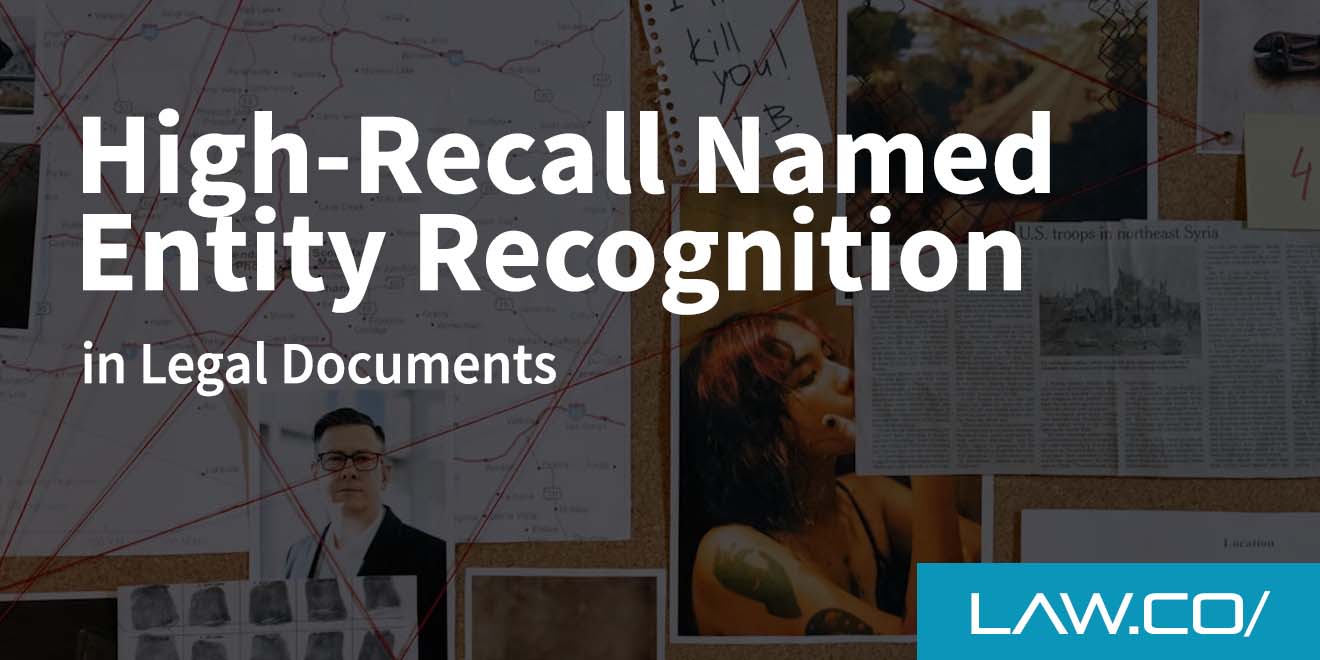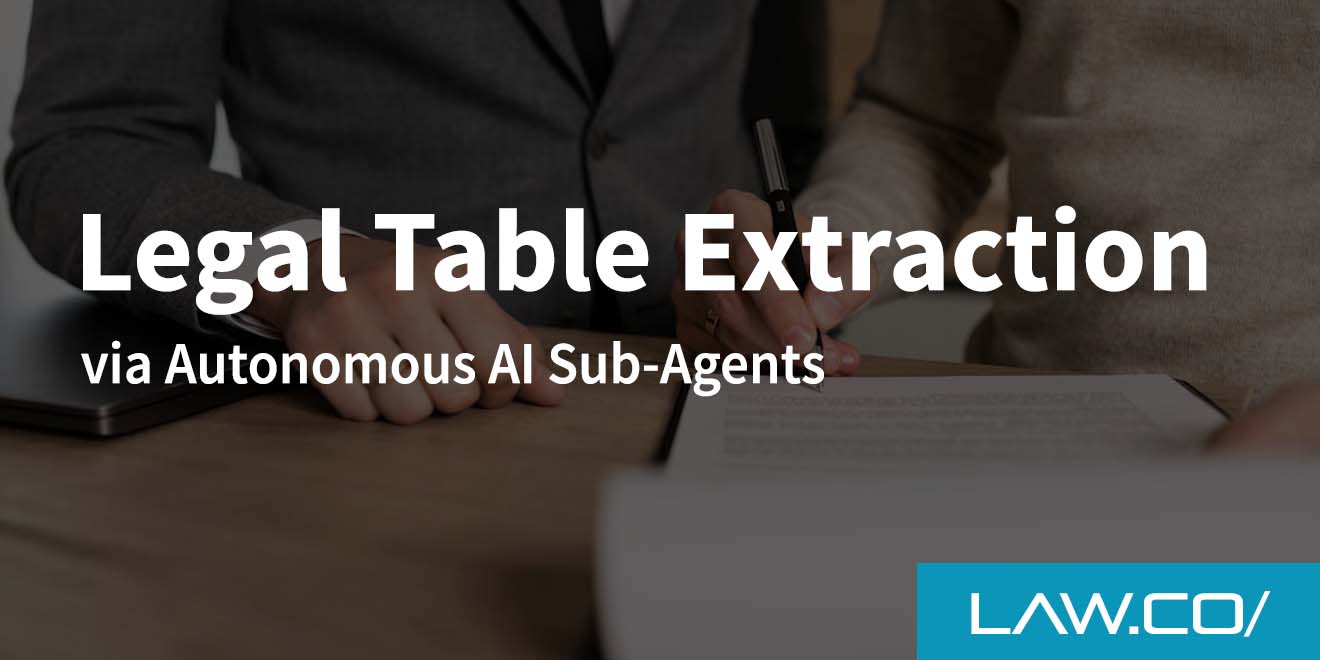

Prompt Engineering for Nested Legal Agent Chains
If you work in the legal field, you may have heard about new artificial intelligence tools that speed up everything from legal research to contract drafting. While these technologies promise to revolutionize the way law firms operate, they’re not without complexity.
In particular, “prompt engineering” has emerged as a valuable skill to help lawyers and legal support staff get the most out of AI systems, including those that rely on nested agent chains. Below, we’ll explore what nested legal agent chains are, why prompt engineering matters in this context, and some best practices you can follow.
Understanding Nested Legal Agent Chains
Nested agent chains refer to workflows in which multiple AI “agents” or tasks pass information back and forth to generate a refined final product. In a law firm setting, different AI steps might be dedicated to specific goals: researching relevant case law, summarizing legal precedents, drafting potential argument outlines, and even finalizing documents with correct citations. Each agent benefits from the work of the previous one, nestling the results in a layered structure.
It’s somewhat like an assembly line for legal tasks: the first “station” might handle your broad research prompts, the second station filters relevant cases, the third integrates them into a coherent draft, and another might check for compliance with local or federal statutes. By the end of the chain, you have a piece of legal writing that stands on more solid ground—assuming your prompts and your chain logic are well crafted.
Why Prompt Engineering Matters in the Legal Sector
Prompt engineering is basically the art and science of writing queries or instructions to AI in a way that yields the clearest, most relevant responses. For lawyers, in particular, an ambiguous query can lead to wasted time, missing precedents, or incomplete analyses. You don’t want an AI to churn out random references or skip vital case law simply because your prompt wasn’t specific enough.
In an environment where details are critical—where a misinterpretation can mean losing a case or failing to highlight a significant precedent—prompt engineering is essential. Nested legal agent chains rely on each step having the right “input” from the previous stage, so any mistake or ambiguity early on can propagate through the entire process. This is why carefully targeted questions, clear instructions, and detailed clarifications are key to harnessing the full potential of AI in law.
Common Use Cases for Nested Agent Chains
One frequent scenario in which nested agent chains can help is in litigation preparation. You might start by prompting the first agent to list relevant statutes or case law for a particular legal issue. The next AI in the chain could summarize the top cases, highlighting arguments that judges have embraced. Yet a third agent might then compare those arguments to your client’s situation, suggesting potential strategies to employ. Another use case might be contract drafting and review.
Suppose you have a standard contract template, and you need to tailor it to certain client needs within a specific jurisdiction. The first agent checks local statutes; the second agent ensures the language meets the local bar association’s guidelines; the next AI step confirms everything is consistent with the client’s risk appetite. By chaining these agents together, you can build a structured yet dynamic approach to drafting high-quality legal documents in less time.
Best Practices for Effective Prompt Engineering

1. Start With Clear Objectives
Before firing off any queries, clarify your goals. Are you researching case law to support a particular argument? Do you need a summary of the most pivotal rulings, or a deeper analysis of more obscure ones? A precise goal helps you formulate precise prompts.
2. Use Layered Instructions
In complex tasks, don’t overload a single AI query with too many demands. Instead, split your objective into smaller, manageable steps. For example, “List relevant authorities around contract disputes in healthcare” might be one prompt, followed by “Summarize the main legal principles from the top four cases above.”
3. Provide Context and Constraints
When possible, specify your jurisdiction, the court level, and the time frame. If you only want federal cases from the last ten years, say so upfront. If your focus is narrower—perhaps circuit court decisions in a specific region—include that information in the prompt.
4. Iterate and Refine
Rarely does the first pass produce a perfect result, especially when building a nested chain. Schedule time to refine prompts after you see the initial output. Adjust your instructions to address any missing or confusing details that slip through the cracks.
5. Keep an Eye on Accuracy and Ethics
AI can occasionally generate plausible-sounding but incorrect statements. Always verify references, especially in legal matters. If something feels off, prompt the system to cite its sources or to highlight how it arrived at a conclusion. This layer of verification is crucial for ethical and accurate work product.
Potential Pitfalls and How To Avoid Them
One of the biggest mistakes is assuming the AI “knows” what you want. Machines lack context unless you provide it. Even an advanced system can miss key points hidden in domain-specific details or local rules. Furthermore, if your nested chain is too complex, you might spend more time troubleshooting individual steps than you’d spend on manual research.
Another pitfall is expecting perfect citation formats and unusual legal references from the get-go. AI can be helpful, but it’s still beneficial to have an attorney or paralegal review the citations. Remember: the AI’s “understanding” of how courts interpret the law isn’t genuine comprehension. It’s pattern recognition from massive datasets. So, trust but verify.
Practical Example
Imagine you’re handling a class action suit involving misrepresentation in an advertising campaign. You might begin by instructing the first AI agent to gather state and federal cases on consumer fraud. The second agent compares these identified cases to your client’s scenario. The third suggests potential arguments or defenses based on those precedents. A fourth might refine the entire draft into a more polished legal memorandum.
Each stage relies on the last, and well-constructed prompts make sure you get the right details at each juncture If you find the gleaned references are too broad, you refine the prompt in the first step: “Focus on appellate-level cases in this state from the last five years that specifically address consumer fraud in advertising.” With each iteration, your chain becomes more tailored, and the final output more reliable.
Ethical and Practical Considerations
When adopting nested legal agent chains, keep confidentiality and client privacy top of mind. Consider the best way to input sensitive data without breaching privileges or confidentiality obligations. If your AI system logs prompts or shares them across a broader network, your client’s information might be exposed.
It’s also important to disclose your usage of AI tools when necessary. Some jurisdictions or courts may have guidelines around the acceptable use of AI in legal drafting. Stay informed about any evolving regulations so you can remain compliant while still taking advantage of technological efficiencies.
Conclusion
AI prompt engineering for nested legal agent chains can be a major game-changer for lawyers and law firms aiming to accelerate research, improve drafting, and streamline other high-level tasks. By carefully crafting your prompts, breaking down tasks into manageable steps, and verifying each stage’s output, you can minimize errors and produce results that stand on strong legal footing.
Yes, these technologies are complex. But with clarity in your objectives, adherence to ethical constraints, and a methodical approach, AI can help you reclaim hours from labor-intensive document reviews and endless research cycles. Ultimately, the skillful use of nested agent chains allows you to work not just faster, but smarter—delivering more value to clients and staying ahead in a rapidly changing legal landscape.

%201.svg)










